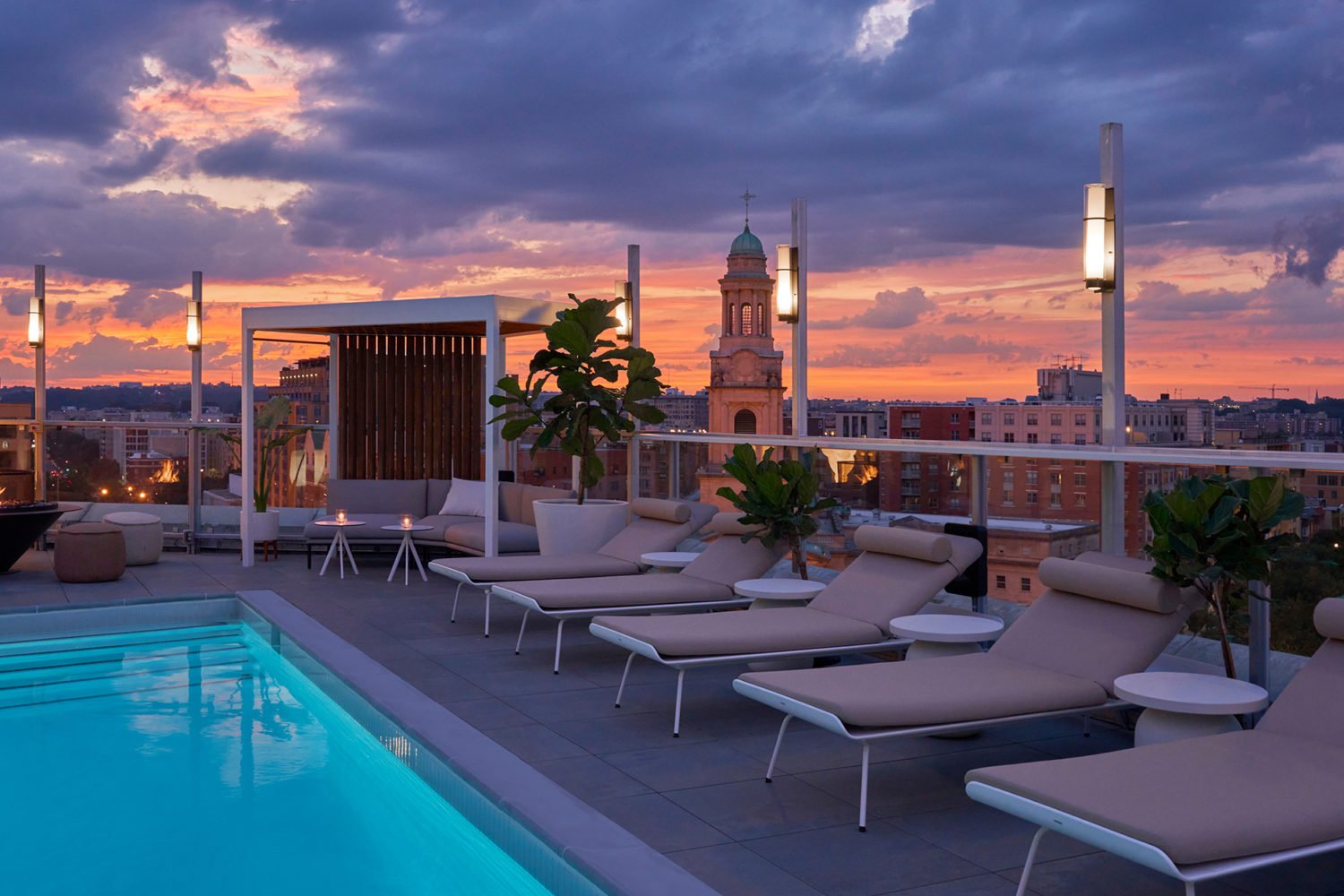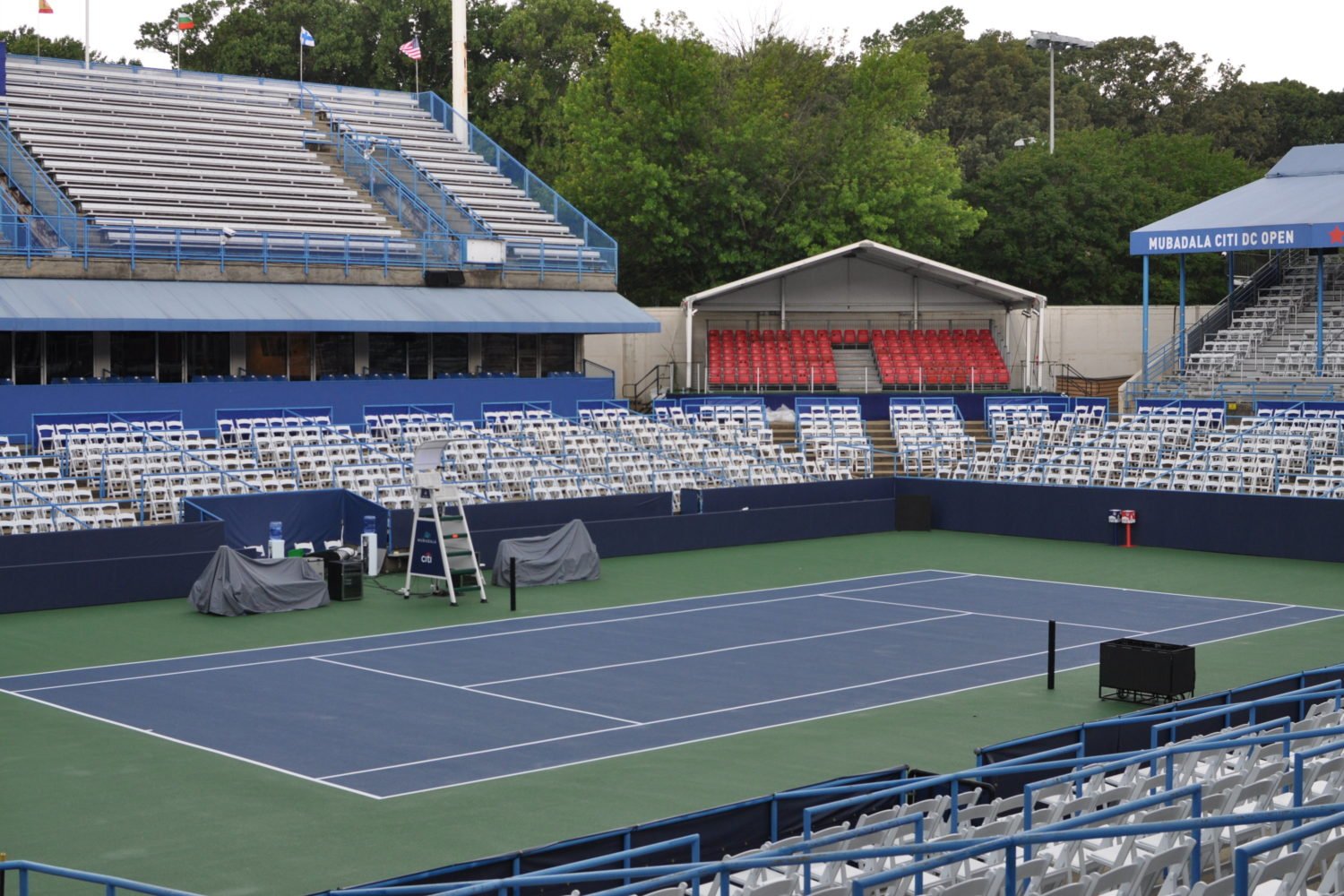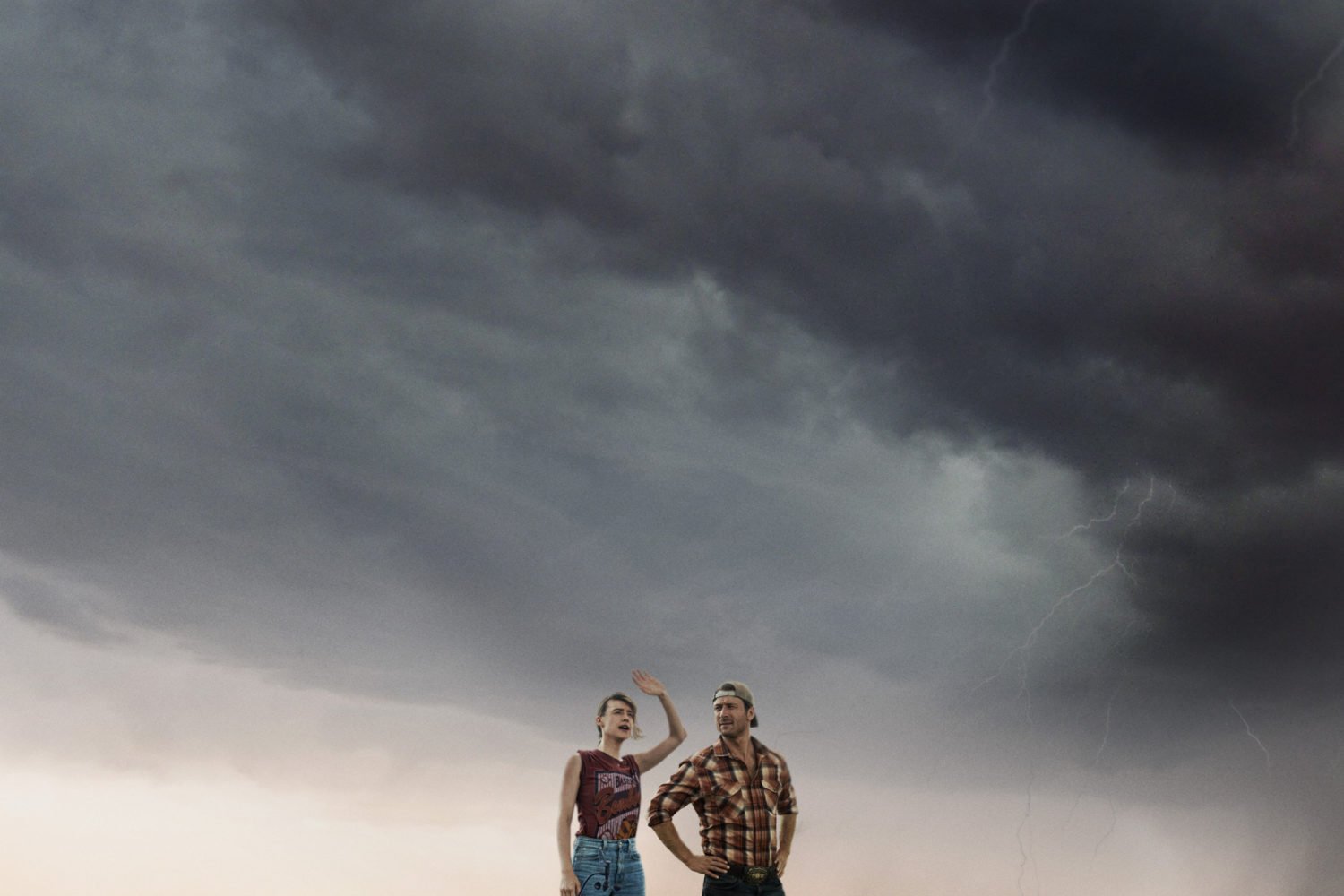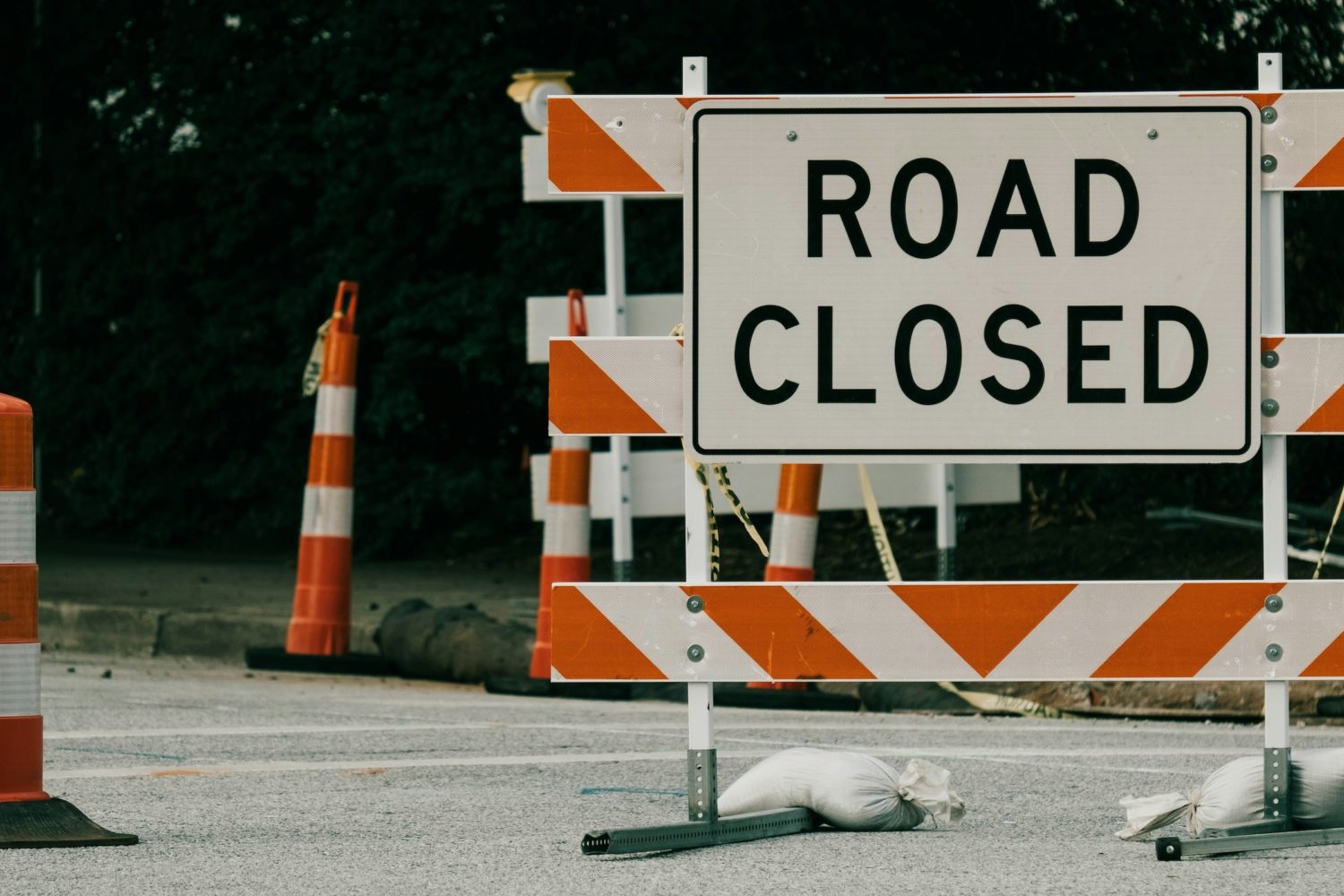It was late, close to midnight, when we approached the wall. In the dark, it came into focus. I hadn’t known what to expect, but this wasn’t what I’d imagined.
It was the fall of 1983, and I was a college student on a road trip to Washington. Earlier that day, I and seven friends from Syracuse University’s newspaper, the Daily Orange, had piled into two cars and come to town for a journalism conference.
We arrived in DC around 10 on a Friday night and, with that endless energy you have in your twenties, decided—even after six hours in a Ford Fiesta—to do a nighttime tour of the city. I remember driving right up near the Capitol steps and parking. We quizzed a security guard about the building and the city before getting back in our cars to continue the excursion.
Someone suggested we go see the new Vietnam memorial. None of us knew exactly where it was—we had no smartphones, no GPS—but somehow we found it.
A few candles flickered at the base. It was strangely quiet—no traffic noise and only a few people besides us. A young woman stood alone, fingering a spot on the wall and crying softly. I didn’t know at first what she was touching. Only as I got closer did I see the names etched into the stone.
Those names—of roughly 58,000 who died or were missing in action—are, of course, what give the wall such impact. Imagine happening across that black slash in the earth when you’ve read or seen very little about it. (Maya Lin’s design certainly generated controversy and headlines even before it was dedicated in November 1982. Was I too consumed with schoolwork to pay attention? Was there simply not the degree of hype around things as there is today?) Standing where the wall reaches its apex, about ten feet, I felt such a profound sadness for all those deaths, as well as awe that an artist had captured the sense of loss, and the war’s escalation, so dramatically. It was like no memorial I’d ever seen.
As we walked the length of the wall, I don’t believe any of us spoke. Some of us wept.
Saigon had fallen in 1975, just eight years before. The war’s wounds were still tender. One of the young men in our group, who’d lucked out of the draft simply by being born a few years too late, told me later that he’d felt overwhelmed by intense guilt when he saw someone press a piece of paper against the wall to trace a dead soldier’s name.
As we emerged at one end, we saw a veteran sitting at a table with a lantern and began to chat with him. He was keeping vigil, he said, to publicize a campaign to bring home prisoners of war still believed to be in Vietnam. Even today, there’s a POW-MIA kiosk near the wall.
That night at the Vietnam Veterans Memorial remains one of my most memorable experiences in Washington—and I’ve lived here more than 30 years. I’ve been back many times, and no subsequent visit has compared—perhaps because the first is always the most powerful, but also because it now seems impossible to be there with so few other visitors.
The wall hadn’t yet become a place to tick off a Washington bucket list, a stop for every chartered bus of eighth-graders. I’d had a pure, intimate experience with something that seems designed for just that—solemn reflection. I don’t remember a single thing about the conference we attended, or the rest of the weekend. But whenever I pass the wall today, I think of that man with the lantern.
This article appeared in the June 2018 issue of Washingtonian.



















